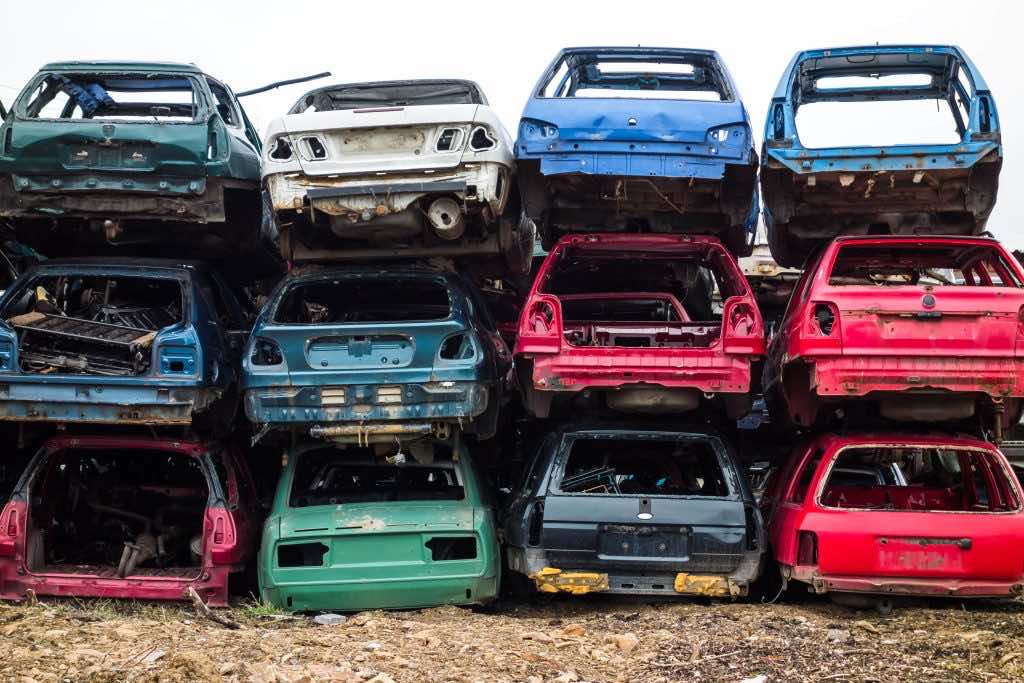Cars are good when they’re shiny and new. They take you places near or far to explore and enjoy. A car can last about eight years or about 100,00 miles on average until it shows signs of wear and tear. Newer technologies can even extend a car’s lifespan to 12 years and go as far as 300,000 miles.
Unfortunately, your classic or new car won’t always stay as perfect. Its paint may peel and crack, tires can wear out, the AC will soon fail, and a host of many other problems can occur in its lifetime. Worse, you may end up in an accident that will leave your car in a total wreck. While repairs can make it road-worthy again, constant mechanic trips eventually become impractical.
If your car is already old, severely damaged, or inoperable, it’s considered an end-of-life vehicle or ELV. Sure, you can cling to them for sentimental reasons but doing so poses a threat to the environment. Car battery and other toxic fluids may leak from your old car and cause contamination. Plastics in your car’s exterior and interior are also bad news for Mother Nature.
So, what can you do when your car has already reached its end? You probably don’t want just to let it lay in your yard or keep it in your garage with all that risk. Fortunately, end-of-life treatment facilities like car wreckers taupo can help you efficiently sustainably dispose of your vehicle.
End-Of-Life Vehicle Process
End-of-life vehicles may no longer be of service to you because of their age or condition. However, there’s more to them than being a reminder of your car’s glorious days or tragic ending.
You can breathe new life into them by sending it to vehicle recovery facilities. This reclaiming process promotes reusing and recycling end-of-life vehicles more than metal scraping. Here’s a look at how old and inoperable cars are handled safely and sustainably.
- Delivery
Delivery is the first stage in this process. Car wreckers usually provide a vehicle pickup service to remove your old or damaged car from your property. They transport your vehicle to a recovery facility where professionals determine if your car can be repaired or if it’s better off as scrap. From there, they perform the necessary steps to make the most out of it.
- Depollution
Professionals prep your car for the ELV process by draining fluids such as oils, refrigerants, and lubricants from the vehicle. This is an essential step since it removes toxic materials and allows them to continue working on the car without threatening their health and safety. Hazardous fluids are properly contained, while oil and gas are often filtered and reused.
They also carefully check older cars for parts that contain toxic elements such as lead or mercury. Light switches and other details with these dangerous materials are carefully removed and disposed of properly.
- Dismantling
The third phase of the end-of-life process is dismantling. This is where the hard work begins, as workers disassemble your car and separate its parts for resale, reuse, or recycling.
You may think that your old or wrecked car is already worthless, but for car wreckers taupo, there’s more than what meets the eye. They check for usable parts such as windows, car seats, electronics, and engine parts.
They may even consider those who need of minor repairs yet still have considerable value. Salvaged car parts often their way to a used car components dealer. They sell them as replacement parts for classic or even new cars.
Apart from reselling used car parts, car wreckers may also retain others that they can use to repair other vehicles in their facility. Engine parts and exteriors are most helpful, and they can keep them in their inventory for future use.
- Recycling And Recovery
Once they strip away all the valuable items, the remainder of the car is sorted based on material. Workers and machines separate metal, plastic, and glass for further recycling.
Scrap metal gets sorted into ferrous or non-ferrous categories. Steel and iron, or ferrous metals, get recycled by the metals industry manufacturers into new car parts or other materials such as appliances, trash bins, or even soda cans. Likewise, copper, aluminum, and other rare earth metals get new life as electrical circuitry components or are transformed into other valuable products.
Rubber tires become playground surfaces or roofing materials. Plastics, carpet, and seat fabric are also segregated and converted. The final stage of the end-of-life vehicle process aims to reduce waste from old vehicles and promote reuse in the manufacturing industry. Car parts are repurposed as new products to ensure that landfills do not pile up with used cars or their components.
Conclusion
In sum, end-of-life vehicles undergo a sustainable process to ensure that they don’t pose any further environmental threats. Recovery facilities comply with minimum standards to ensure that hazardous materials are contained. In addition, the process serves to reclaim vehicles to the greatest extent. Recent technologies and processes ensure reusable parts make their way back to the market using used car components or as recycled products in various forms.

